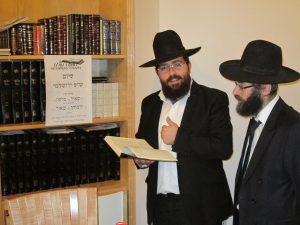
What is the Mishnah ?
The Torah given to us at Sinai was divided into two parts: the Written Torah and the Oral Torah. The Written Torah consists of the Five Books of the Torah as well as the rest of the 24 books of Tanach (Bible), which were added later. The Oral Torah, containing many explanatory details of the laws in the Written Torah, was intended to be handed down verbally – and for many generations it was, from father to son, rabbi to student. However, during the tumultuous years leading up to the destruction of the Second Temple, ambiguities developed in the transmission. Details were forgotten, disputes arose over various laws. That’s when the great sage Rabbi Yehuda HaNasi stepped up and, recognizing that the entire Oral Torah was in danger of being forgotten, compiled all of the views of his era’s Torah sages into a vast composition known as the Six Orders of the Mishnah.
Ever since then, in every generation, the Mishnah has been the sole source of Jewish Law. It forms the basis for the Talmud, whose function is to decipher and interpret the text of the Mishnah. Throughout history, it has been a cherished goal of Torah scholars to commit the entire text of Mishnayos (over 190,000 words!) to memory, enabling them to constantly review and refer to the Mishnayos in the course of their studies.